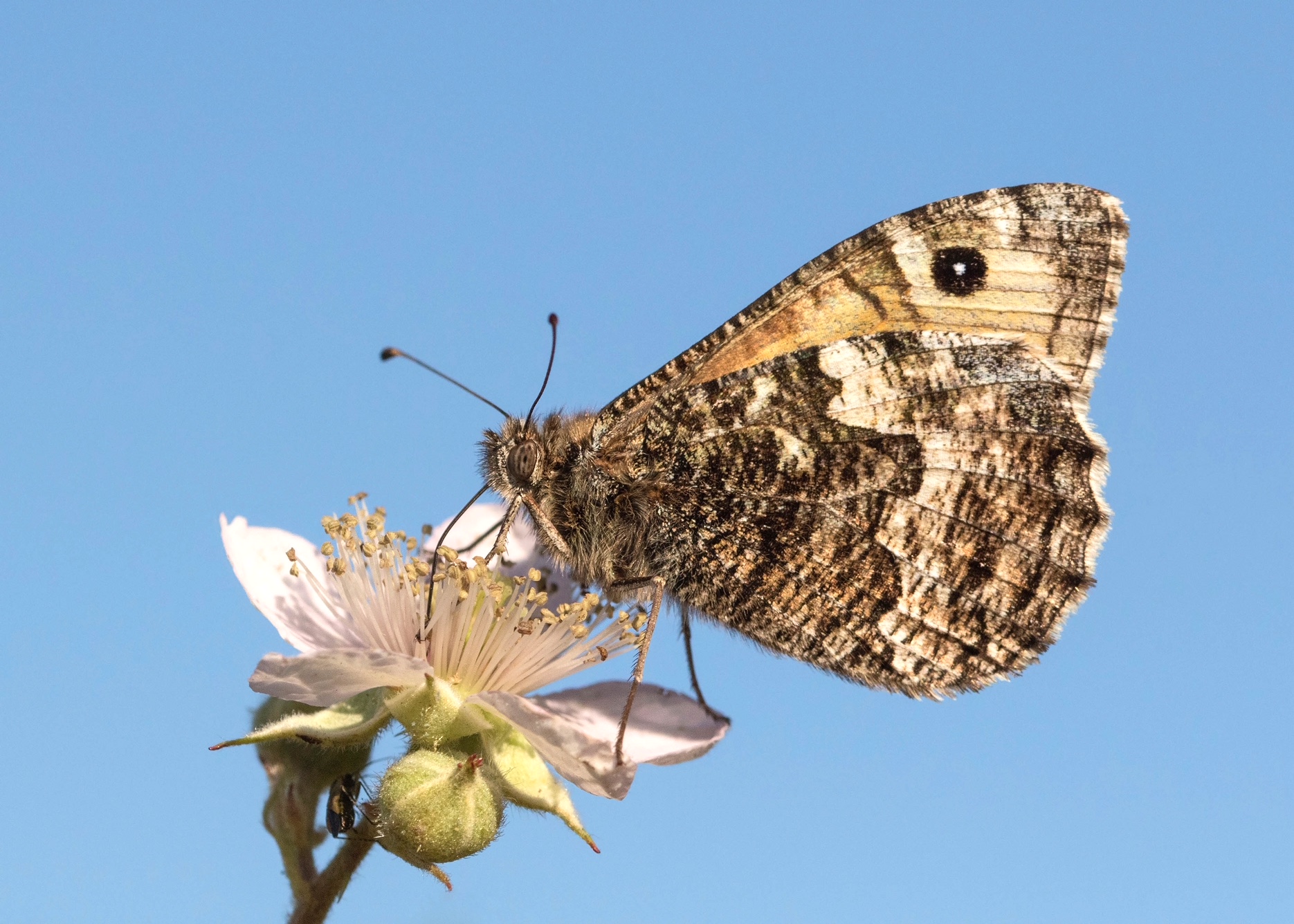Major study shows complex phenological changes in butterflies and other animals
Phenology is the study of periodic life cycle events in organisms and how these are influenced by environmental factors. The most comprehensive study ever undertaken of how phenology varies geographically and by habitat has recently been published in the journal Global Change Biology. The research was led by James Bell at Rothamsted Research and used UK bird, aphid, moth and butterfly data (from the UK Butterfly Monitoring Scheme) collected over a 50-year period up to 2010. Collaborating bodies in the study were Butterfly Conservation, Centre for Ecology & Hydrology, British Trust for Ornithology and Science and Advice for Scottish Agriculture. The study found that not only are insect groups advancing their flight seasons and birds are laying eggs earlier in response to climate change, but that this varies markedly across the country and the habitats they occur in. A complex picture emerged from the study, with for example more shaded forest areas surprisingly showing similar acceleration rates to grassland. This combined with the fact that predator prey relationships have the potential to become increasingly out of sync, makes it hard for conservationists to plan suitable future mitigation measures.
Professor Tom Brereton
Associate Director Monitoring and Research
Bell, J.R., Botham, M.S., Henrys, P.A., Leech, D.I., Pearce-Higgins, J.W., Shortall, C.R., Brereton, T.M., Pickup, J. & Thackeray, S.J. 2019 Spatial and habitat variation in aphid, butterfly, moth and bird phenologies over the last half century. Global Change Biology 25, 1982-1994.
Unique population of Grayling Hipparchia Semele in North Wales
A recent publication investigating the Grayling butterfly inhabiting the Great Orme’s Head in north wales, has shown it to have distinctive characteristics compared to populations of the species in other parts of the butterfly’s range.
The butterfly is widespread in Europe but is declining in both distribution and abundance in the UK, and is regarded in a high-risk category across Europe in the face of projected climatic changes.
Analyses of flight period data (from the UK Butterfly Monitoring Scheme) and wing expanse and wing spot size (from 15 populations in North Wales) was used to determine how unusual the population of Grayling on the Great Orme’s Head is in comparison to other populations in the UK. The study population was shown to have highly unusual wing features – small size of wings and small wing ocelli (eye spot) along with significant differences in the flight period, particularly an earlier emergence date and a longer flight period than other UK populations. In addition, during the flight period the phenotypic characteristics where found to change, with wing expanse increasing significantly towards the latter part of the flight period.
Reasons for these unusual traits are thought to be due to the unique and extreme characteristics of the local climate, including mild winters, solar radiation, excessive wind speeds and desiccated host plants.
Dr Caroline Bulman
Head of Species Ecology
Middlebrook, I., Hardy, P.B., Botham, M.S. & Dennis R.L.H. 2019. The importance of unique populations for conservation: the case of the great orme’s head grayling butterfly Hipparchia semele (Linnaeus, 1758) (Lepidoptera: Satyrinae). Journal of Insect Conservation 23, 381-391.


